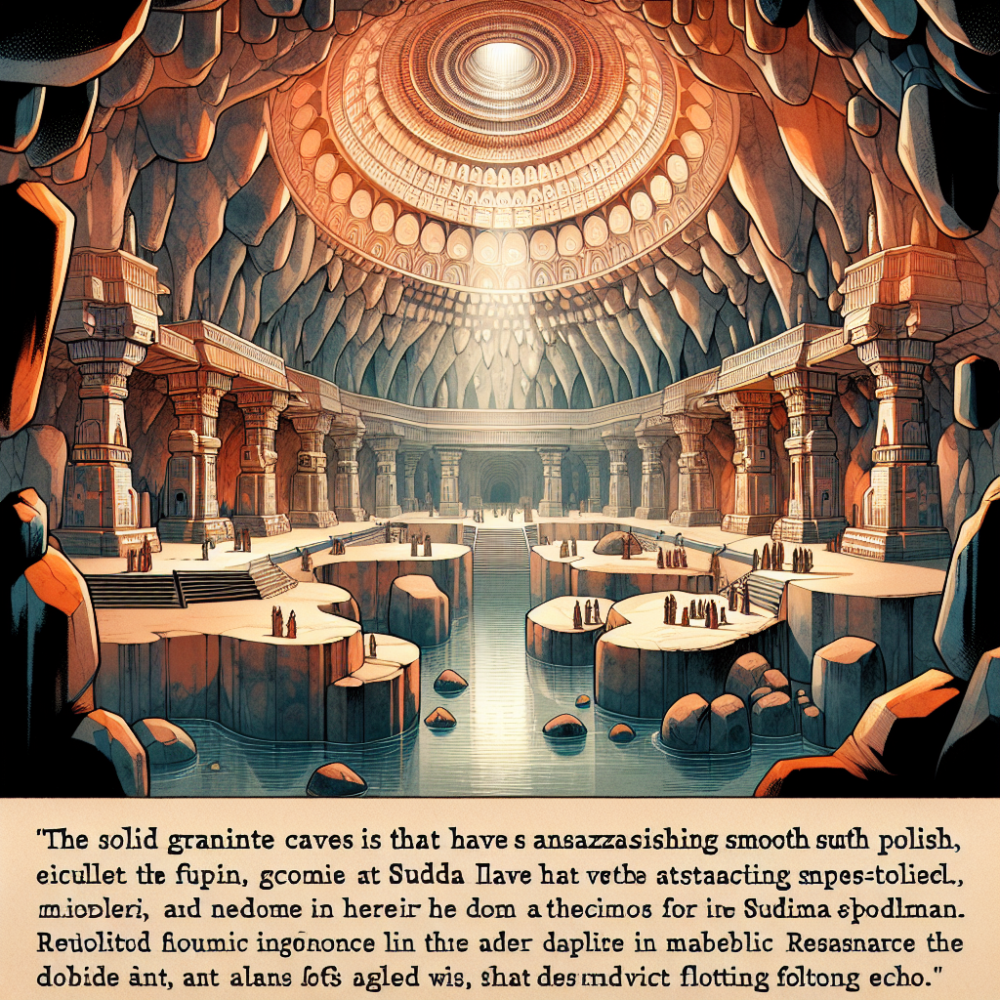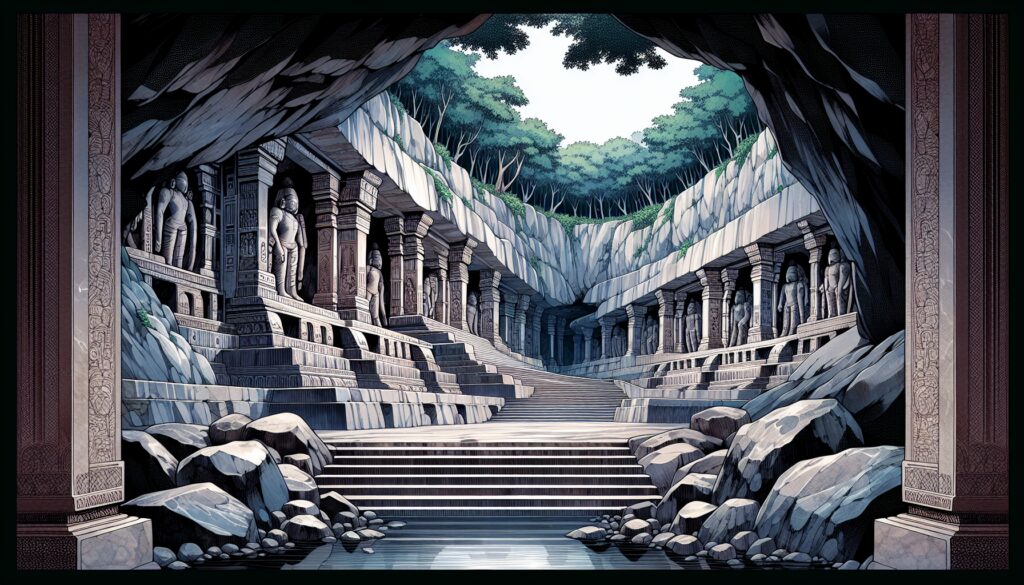Ancient India continues to surprise historians with new discoveries. Recently, stonemasons and engineers inspected the thousand-year-old Barabar caves, revealing astonishing findings.
The Barabar Caves: A Marvel of Ancient Engineering
The Barabar caves consist of five chambers carved into solid granite. Their most striking feature is the incredibly smooth polish on the surfaces, which surpasses even machine-polished marble and is only slightly less smooth than industrial glass. In fact, these caves are 20 times smoother than industrial granite.
Professional stonemasons were asked to rate the difficulty of recreating this project on a scale of 1 to 10. Most deemed it impossible with current technology.
A company called AGP, founded by a former stonemason, used advanced laser scanning technology to create a detailed 3D model of the caves. The results revealed:
• 🔍 Perfect symmetry in floors, ceilings, and walls
• 📐 Walls angled by just a few degrees
• 📏 Wall angles precise within 0.1 degrees

Acoustic Marvels
The acoustics of these caves are remarkable:
• 🎵 Granite barely absorbs acoustic waves
• 🔊 The dome at Sudama resonates at 74.9 hertz
• 🗣️ Speech becomes unintelligible in the chamber due to reverberation
Reverberation times in the caves are exceptionally long:
• ⏱️ Sudan’s cave: 62 seconds
• ⏱️ Vapika cave: 70 seconds
• ⏱️ For comparison, Notre Dame Cathedral: 10 seconds
The angled walls were found to reduce floating echoes, suggesting intentional acoustic design.
Mysterious Origins and Purpose
The caves were rediscovered in 1785 by colonizers. However, their original purpose remains unknown. Some theories and observations include:
• 🏗️ Highly skilled craftsmen were needed, yet similar precision isn’t found elsewhere in ancient India
• 🔦 Carving without electricity would have been challenging, with torches potentially suffocating workers
• 🤔 The lack of decoration emphasizes precision, unlike other ancient Indian structures
• 📚 The Rigveda’s emphasis on sound might provide clues to the caves’ purpose
Additional Interesting Facts
• The Barabar Caves are the oldest surviving rock-cut caves in India, dating back to the 3rd century BCE
• 👑 They were built during the Mauryan Empire, specifically under Emperor Ashoka’s reign
• 🧘♂️ Some scholars believe the caves were used by Ajivika ascetics, a now-extinct ancient Indian philosophy
• 📖 The caves are mentioned in E.M. Forster’s novel “A Passage to India”
The true purpose and construction methods of the Barabar Caves remain a mystery, challenging our understanding of ancient engineering capabilities and leaving room for various theories and speculations.

